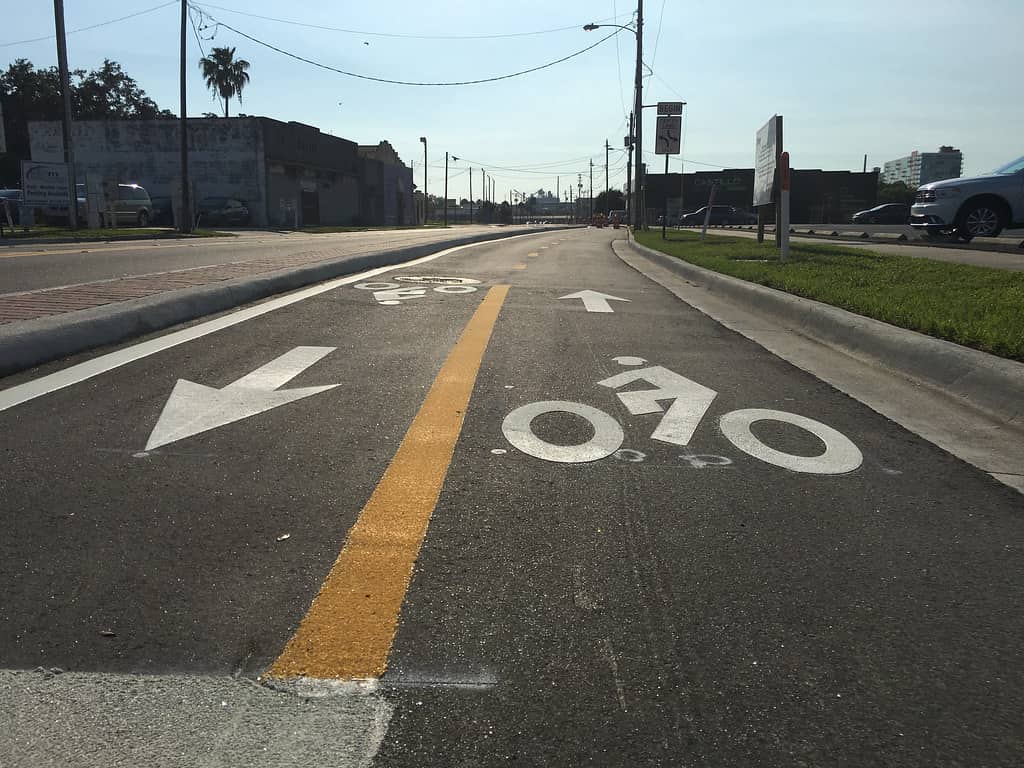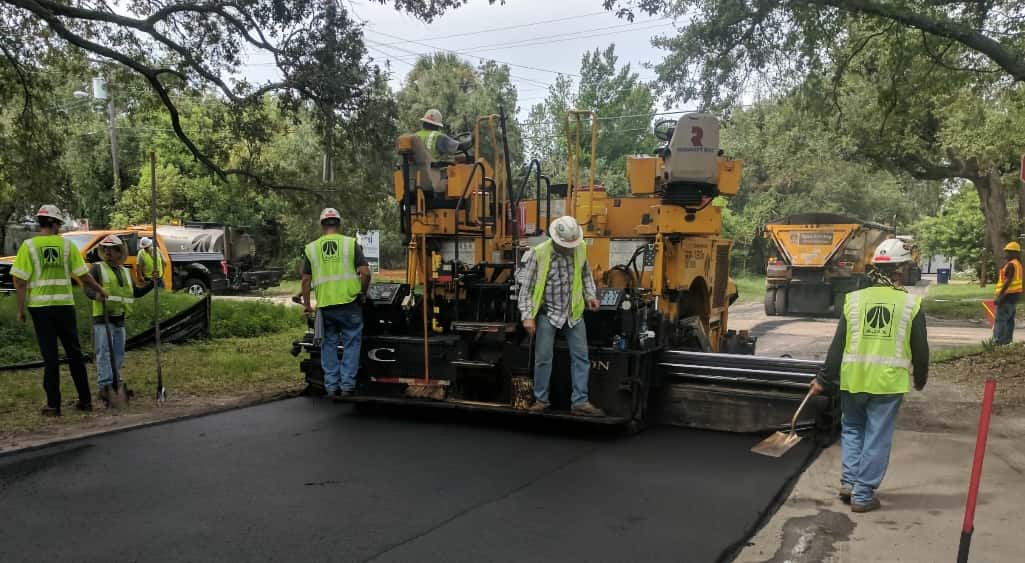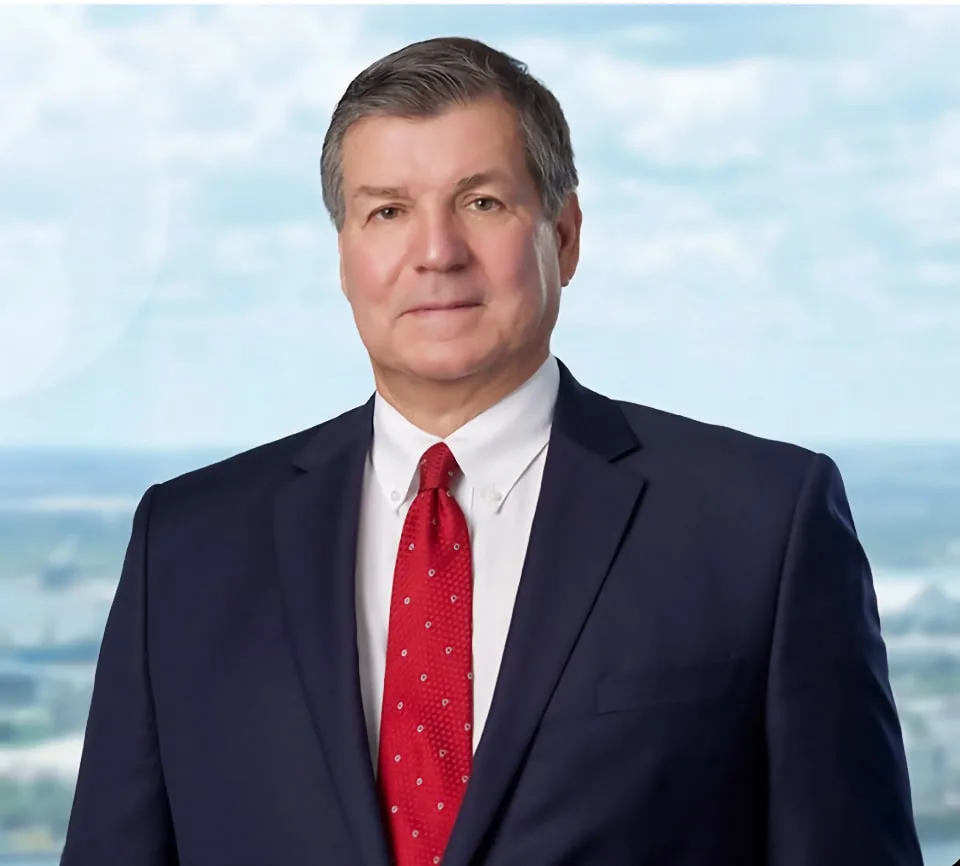Council met for 3 hours Monday morning to discuss enterprise funds (water, wastewater, garbage, parking), future revenue, and debt while committing another 3 hours in the evening to discuss stormwater. For workshops nothing formal can be acted on but there wasn’t much discussion of modifying the mayor’s proposal. The next time they will formally discuss the budget is the special call budget hearing on September 3rd. Barring a last minute change in direction from council, they will be approving on first reading the mayor’s proposed budget. Final approval would be September 11th. If there is a last minute change in direction, they have until October 1st to approve the budget. Failing that, the charter does provide for the mayor and council to agree to use resolutions to keep the city running, just no new spending. In the current political climate with the lack of any real pushback to the proposed budget, that’s not anticipated. But if events beyond the government’s control were to occur, there are options. The city won’t shut down on October 1 if a budget isn’t approved.
As to the workshops, the evening stormwater workshop was the most informative. Council certainly expressed at the end of the evening they thought it was. Hopefully they will take notes and use that as a foundation for next year. They may not need an entire workshop for each department but an agenda item for each major department would be a good start. Have the department present the basics: what their budget was the previous fiscal year, what they’ve accomplished, what the goals and proposed budget is for the upcoming fiscal year along with capital projects. Give the public an opportunity to speak to each department budget. Maybe instead of 3 3-4 hours workshops it’s 3 full days. Plan them far enough in advance the room is available for more than 4 hours. The room being Tampa City Council chambers at Old City Hall.
A reminder that “stormwater” only relates to fresh water. Rain. Normal summer showers. A point emphasized at the May workshop focused on stormwater as well. Beyond the mechanics, on substance, the numbers don’t lie. The rates haven’t changed for the stormwater assessments since 2016 and the dollars only go so far. The current proposed budget has $4 million in general fund dollars going into stormwater above the $15.5 million that is collected in assessments and $3.5 million in fund balance for a total of $24.9 million in FY26. Through efforts of Council member Hurtak with cooperation of the administration and Mobility Department we now have more transparency in where that work is happening. Their department page on the city web site, https://tampa.gov/mobility has a monthly stormwater report. Added this week is an interactive map showing location and type of work completed over the last 6 months. A companion map with work-in-progress is still under development. Ideally these will help council and the mayor make informed decisions next year and whether a rate adjustment is necessary.
On the flip side, there is still an organized and vocal opposition to the larger capital improvement South Howard Flood Relief project. The design contract is a done deal. What the final design ultimately looks like—both above ground and below—and what the cost to build it has yet to be presented to council. I respect their concerns and my assessment hasn’t changed, but ultimately I would like to see the design and listen to an engineer defend it before judging further.
I’m not sure anyone would call the morning workshop inspiring or productive. At times the discussions drifted from the topic at hand, the upcoming fiscal year budget. I did not understand why so much time was spent discussing the Community Investment Tax (CIT) renewal and future fiscal years and not a single question about how the $45.3 million in revenue in the proposed FY26 budget from the same 1/2 cent sales tax is being spent. At times it sounded to me like some council members—Council member Maniscalco in particular—were characterizing the CIT as new revenue. It’s the same 1/2 cent tax, just this time it’s only for 15 years instead of 30. Had the CIT not been approved, FY27 and beyond the city would have been looking at a $45 million a year budget shortfall. There’s some nuance as to how some of the current CIT funding is appropriated as it was used to back the issuance of debt. With the CIT renewal limited to 15 years, that won’t be an option.
The last item that was discussed was social action and arts funding (SAAF). I’ve been critical of the time spent on such a small part of the budget in relation to time spent on the other 99.9% of the budget. It was the subject of 2 different regular workshop agenda items over the past year. Yet somehow, the city is unable to manage funding smaller non-profits that try to fill in the gaps of our community. Having 42 organizations apply for funding doesn’t help. Especially when the mayor is only proposing allocating $1 million. One request was for $1 million alone. With federal, state and county funding being cut for everything from housing to arts funding, the city is the place of last resort for some organizations.
What is clear is that none of the organizations the city has been funding were identified or stepped forward to say “yes, the $50,000 we receive from the city helps us secure another $500,000 in funding.” Which means there really shouldn’t be a need to identify every penny set aside for SAAF in the budget. The CRA is quite capable of setting aside millions in buckets for grants that bubble up for approval over the course of the year. Appoint an ad hoc committee or task the Citizen Budget Advisory Committee with vetting and recommending applications. Personally I’d cut $1 million from the police operating budget, double the SAAF and call it a day. Specifically from the $6.9 million proposed for “repair and maintenance services”, which is up from the 3-4 million that has normally been budgeted for that line item the past several years. Or stick with the $1 million proposed knowing there’s probably at least another $12 million in FY25 that will go unspent that can be earmarked for SAAF just like the additional $2 million from FY24 council approved for flood relief grants. The point is, there’s money available if there’s a will. Council shouldn’t be haggling over specific $5,000 line items when they can’t be bothered to look at the 5 year capital improvement plan.
I want to step back and discuss why I have talked about “process”. As a close observer of council for the past 4 years, the single most frustrating thing to experience is watching a council have a meltdown over a project that’s been in the budget for 2 years. Blaming the mayor and her budget. A budget they approved. That they’ll—when it’s convenient—toss around the charter and who’s responsible for spending. But taking ownership now, during the time when they have control? Not so much. And that’s ok. As long as they know what’s in it and what they are approving. Taking ownership of their votes. It’s hard to set a vision when you’re constantly looking in the rearview mirror.





One response to “Final FY26 Budget Workshop Wrap Up”
[…] wrote wrap-ups for the first workshop as well as the second and third. Not much changed for the first public hearing and vote. The only proposed change adopted at first […]